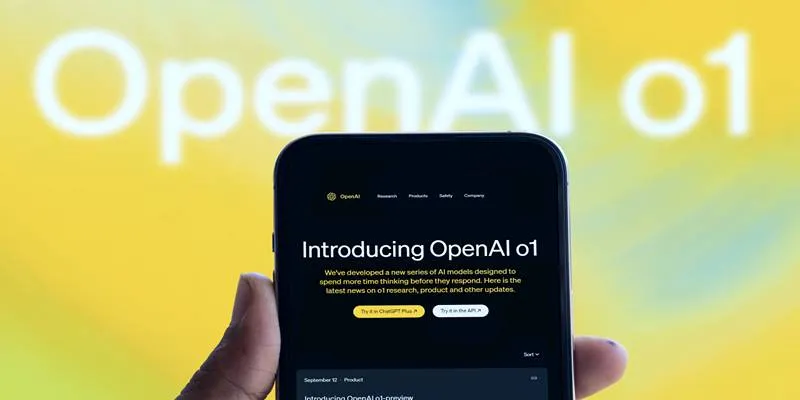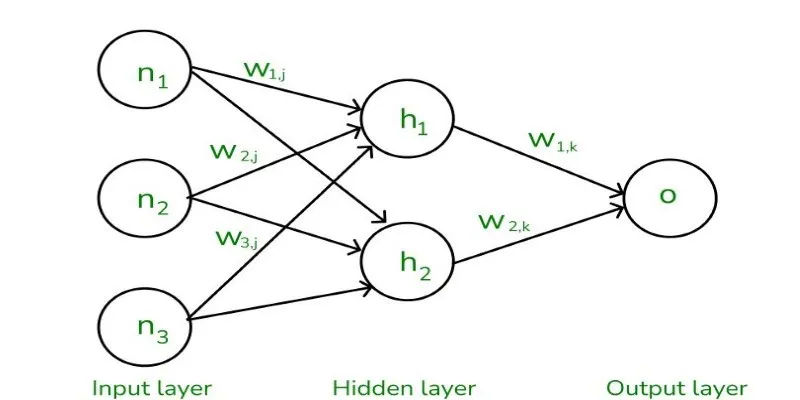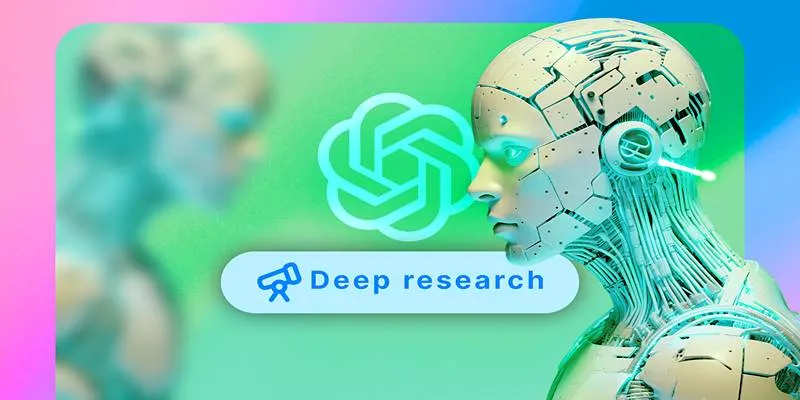As artificial intelligence continues to evolve, the long-standing dream of Artificial General Intelligence (AGI)—AI that can reason, learn, and adapt across a wide range of tasks like a human—feels closer than ever. OpenAI’s recent release of the o1 model series, specifically o1-preview and o1-mini, is more than just an update—it’s a signal that we’re moving steadily in the direction of AGI.
The o1 series, introduced in September 2024 under the announcement “Learning to Reason with LLMs,” represents a distinct shift in how AI is trained to handle reasoning. These models are built to think before responding, engaging in a deeper, internal chain of thought that allows for more reflective and deliberate answers. This new architecture is a promising leap toward building machines that don’t just generate outputs—they understand, evaluate, and decide.
This post will explore the core differences between o1-preview and o1-mini, understand their design philosophies, and examine how both contribute uniquely to the broader AGI vision.
A New Breed of AI: The o1 Series
Unlike earlier models that relied purely on vast datasets and prompt tuning, OpenAI’s o1 models are trained using reinforcement learning, encouraging them to simulate internal reasoning paths before arriving at a final answer. It gives the model time to weigh its options, consider possibilities, and articulate more contextually rich responses.
Where earlier AI might rush to a conclusion, o1 models pause to “think.” This subtle but powerful change brings them one step closer to human-like reasoning—a fundamental requirement for AGI.
Why Two Variants? o1-preview and o1-mini
OpenAI’s decision to release two separate versions—o1-preview and o1-mini—is not about replacing one with the other but about balancing trade-offs. Each is designed for a different purpose and user base, and together, they reflect the dual priorities of the AI field: powerful reasoning and practical efficiency.
o1-preview: The Thoughtful Generalist

This model is designed for comprehensive reasoning and broader knowledge coverage. It’s ideal for users who require depth, nuance, and flexibility across a wide range of subjects, particularly non-STEM areas.
Key highlights:
- Capable of more complex reasoning across diverse topics.
- Exhibits stronger performance in language-driven or general knowledge tasks.
- Suitable for applications where depth of understanding and reliability are more important than response speed.
In essence, o1-preview aims to act like a well-read expert—slightly slower but highly dependable in handling layered, intricate queries.
o1-mini: The Efficient Specialist
On the other hand, o1-mini is engineered with efficiency and specialization in mind. Optimized for speed and computational cost, this model is a better fit for tasks where fast processing and STEM-specific performance are crucial.
Key traits include:
- Faster output, making it ideal for real-time interactions or large-scale deployment.
- Tailored for STEM reasoning, especially in areas like math, science, and programming.
- More cost-efficient, allowing more usage per resource unit—especially useful for developers and teams managing high-volume AI interactions.
With o1-mini, OpenAI offers a lightweight powerhouse that brings exceptional performance to focused domains without overwhelming system resources.
Different Strengths, Shared Vision
Despite their differences, both models share a common goal: advancing machine reasoning and bringing us closer to AGI. Each serves a distinct role in the broader AI ecosystem:
- o1-preview pushes the boundaries of understanding and decision-making in open-ended, non-technical scenarios. Its strength lies in its ability to connect concepts, follow logic, and adapt to unfamiliar questions.
- o1-mini, meanwhile, embodies the principle of pragmatic intelligence. It delivers precise, accurate outputs quickly, especially in scenarios where technical accuracy and rapid iteration matter most.
Together, they provide researchers, developers, and organizations with flexible tools tailored to different reasoning contexts—whether that’s an academic paper generator, a code assistant, or a smart chatbot.
Alignment and Safety: A Priority for Both
As AI becomes more capable, ensuring that models behave safely and ethically is non-negotiable. OpenAI has implemented rigorous safety evaluations across both o1 models. These include:
- High performance on harmful prompt avoidance, with safe response rates nearing or matching 99%.
- Strong resistance to jailbreak attacks, where prompts attempt to override safety filters.
- Equal performance in compliance with benign queries, ensuring users receive helpful and accurate results even in edge cases.
Both o1-preview and o1-mini reflect OpenAI’s continued commitment to aligning AI systems with human values and ensuring they act responsibly under real-world conditions.
Efficiency and Accessibility at the Core
One of the notable shifts with the o1 release is the focus on accessibility. By offering o1-mini as a lighter, more efficient option, OpenAI has made it easier for developers to integrate powerful AI into their workflows—whether on mobile apps, edge devices, or cost-sensitive platforms.
Rate limits for both models have also improved:
- o1-mini: Upgraded from 50 messages per week to 50 messages per day for Plus and Team users.
- o1-preview: Increased from 30 to 50 weekly messages, with further scaling expected in the future.
These improvements suggest OpenAI is moving toward a future where advanced reasoning capabilities are not just powerful—but widely available.
The Bigger Picture: A Step Toward AGI

The development of o1-preview and o1-mini isn’t just a technical milestone—it’s a philosophical one. For the first time, we’re seeing models that don’t just mimic reasoning but engage in it.
By training these systems to think through problems before responding, OpenAI has introduced an approach that mirrors how humans process complex information. It’s not just about getting the answer right—it’s about how the answer is formed.
- Internal reasoning chains
- Dynamic response generation
- Real-world safety alignment
- Multi-model accessibility and flexibility
Together, these elements suggest that AGI isn’t a single future event—it’s a series of deliberate steps, and the o1 series is one of the most important yet.
Conclusion
OpenAI’s o1-preview and o1-mini models represent a meaningful stride toward Artificial General Intelligence. Both variants reflect different strengths—o1-preview excels in nuanced reasoning and broad knowledge, while o1-mini delivers speed and precision in STEM domains. Their design showcases OpenAI’s commitment to developing intelligent systems that are both powerful and accessible. With reinforcement learning and internal reasoning chains, these models simulate thought processes that edge closer to human-like cognition.
 zfn9
zfn9






















